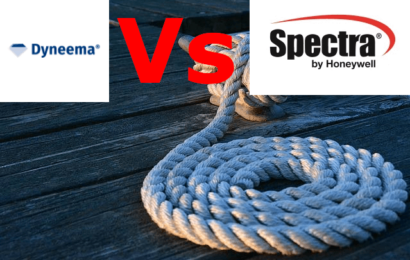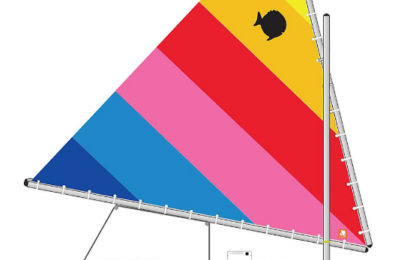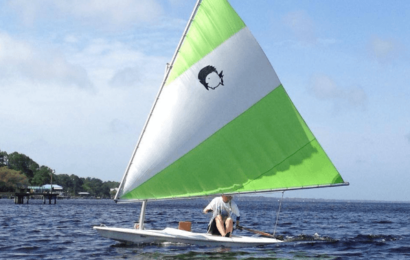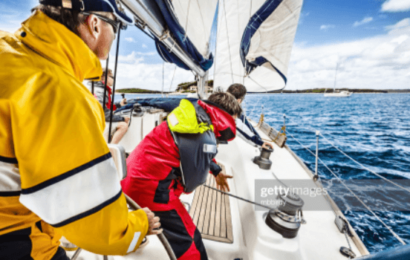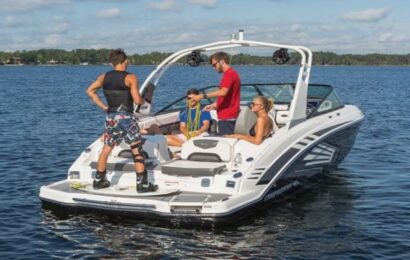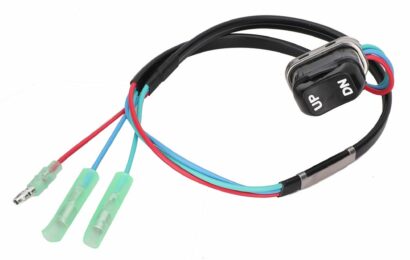Boaters always want to know how to make full use of every part of their vessel. Hotwiring a boat is a major topic among boaters, as knowledge of this skill could help during emergencies.
You can hotwire a boat by connecting certain wires from the vessel’s ignition to a source of electrical current. Successful attempts at hotwiring a boat demands massive experience and should never be used for illegal purposes.
In this article, you’ll get relevant information about how to hotwire a boat.
Taking cues from this guide makes it easy to get a boat started if you’ve lost your keys. You won’t be stranded at sea if you ever lose your ignition keys.
Table of Contents
Is It Hard to Hotwire a Boat?
Hotwiring a boat isn’t difficult, especially when you know the correct steps to take. Most boats have a similar ignition assembly and can be hotwired with precise connections.
However, hotwiring some newer boat models might prove challenging, especially for vessels with advanced security systems installed.
Hotwiring a boat wrongly also runs the risk of burning out your engine without an installed cooling system. Wrong steps taken in hotwiring a boat can also damage your vessel’s alternator.
There’s also the risk of a huge fire if you get the color codes of wires all wrong.
Most boats without an electric starter can’t be hotwired. Bigger vessels like yachts can’t be hotwired as their ignition systems usually work differently.
How to Hotwire a Boat
Step 1: Get required items
You’ll need three lengths of color-coded wires to stretch from your boat’s battery to its motor assembly. Also, you’ll need a starter (push-button or flip switch) and a 3-wire ignition set to hotwire your boat.
Step 2: Connect starter switch
Regular starter switches have two connectors. Connect one wire from the starter switch. Next, connect another wire from the second connector to your battery’s positive terminal.
Step 3: Connect the wires to 3-wire switch
First, connect one wire from the ON terminal of your 3-wire switch to the negative side of boat’s battery. Next, connect another wire to the NEUTRAL terminal of your 3-wire switch and link to positive terminal of the boat’s starting core.
Link the third wire from the OFF terminal to the positive terminal of your boat’s battery. Next, turn on your engine’s gas tank and flip the 3-wire switch to ON.
The switch allows you turn off your boat’s engine after use. Make sure all connections are correct to avoid unexpected issues.
How to Hotwire an Outboard Boat Motor
You can hotwire an outboard boat motor by creating a compatible pigtail connector to plug into its power unit. You’ll need color-coded wiring, ignition key assembly, and tape to build this connector.
Next, merge the pigtail connector compatible with your outboard motor to the key starter. Plug the makeshift connector into your outboard motor after disconnecting its main link to your boat’s helm or control unit.
How to Bypass Ignition Switch on a Boat
Step 1: Disconnect wiring from ignition switch
Locate the main ignition assembly on your boat and gain access to its wiring. Next, link a wire from your battery’s positive terminal to the ignition switch’s start terminal.
Step 2: Connect wires from your battery’s terminals
Next, locate the ground wire on your boat and connect to your battery’s negative terminal. Flip the ignition switch after separating and taping wires appropriately to prevent shorting.
How to Hotwire a Boat 3-wire Ignition Switch
Step 1: Get the necessary items
Get color-coded wires of decent length, a push-button/flip starter, a pair of pliers, and a 12V, 3-wire on/off switch. If your boat operates a push-button, 3-wire ignition assembly, you don’t need a 12V on/off switch.
Step 2: Connect push/flip starter
The flip or push-button starter usually has two terminals for connecting wires.
First, connect one wire from the starter to the positive terminal of your boat’s battery. Next, connect another wire from the terminal to your boat’s starter motor.
Step 3: Connect wires to 3-wire switch
First, locate the ignition switch terminal and connect a wire from it to your battery’s negative terminal.
Next, connect another wire from the neutral terminal onto the positive side of your motor’s starting coil terminal. Then connect the last wire from the off terminal and onto the battery’s positive terminal.
Make sure every connection from your 3-wire switch clips onto your battery’s terminal.
Step 4: Push starter button
Next, turn on the 12V, 3-wire ignition switch; press the push-starter button and your engine should become operational.
Note that you should consider the distance between your boat’s motor and its hotwire location before getting wires. You will need wires that stretch comfortably from your boat’s battery to its motor terminals.
